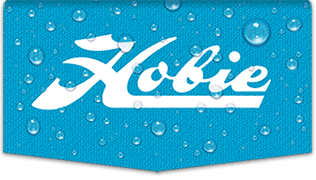This is a very tricky area. I have had some success with the Scotchweld DP 8010 and a this "patch" sized to fit in the notch. Here was the problem and solution:


The patch (also made of HDPE) should be thin enough so that the Drive is able to rock forward and back a very small amount (at least 1/8") (but not side to side) when installed. This is very important. If necessary you can remove material from the front Mirage Drive tab to accomplish this.
For this job I would only consider the DP 8010 -- it bonds tenaciously, had reasonable flexibility and excellent strength. Unfortunately it's not particularly cheap or easy to work with. Fortunately though this is an easy access area.
There is another approach you could use (this would be my second choice). Normally the Drive rocks forward while in use, placing all its force on this front tab. You could possibility transfer this force to the rear bottom of the drivewell. This is rather unkoshure and does not have the strength that the front notch has, but should work. In this case you have to cut off the front Drive tab. If you would ever want to restore your Drive in the future you would have to replace the spine.
In this pic the front and rear tabs have been cut off.

Looking at the installed Drive from underneath, you can see that it now making contact at the rear of the drivewell.

The front drivewell notch is now completely clear and non-stressed.

With this method, you can now seal the failed front notch because it is no longer a stress point. My first choice would be to flame it (about 1 second) to oxidize the surface and seal with G-Flex (available at marine hardware stores). A much easier alternative is to just plug it with regular silicone bed and bath calk.
Unless your wife is an Olympic cyclist, this arrangement should last several years. You'll find it to be economical and expeditious. I'm not necessarily recommending it for a long term fix and Hobie certainly would not recommend it, so do it at your own risk.











